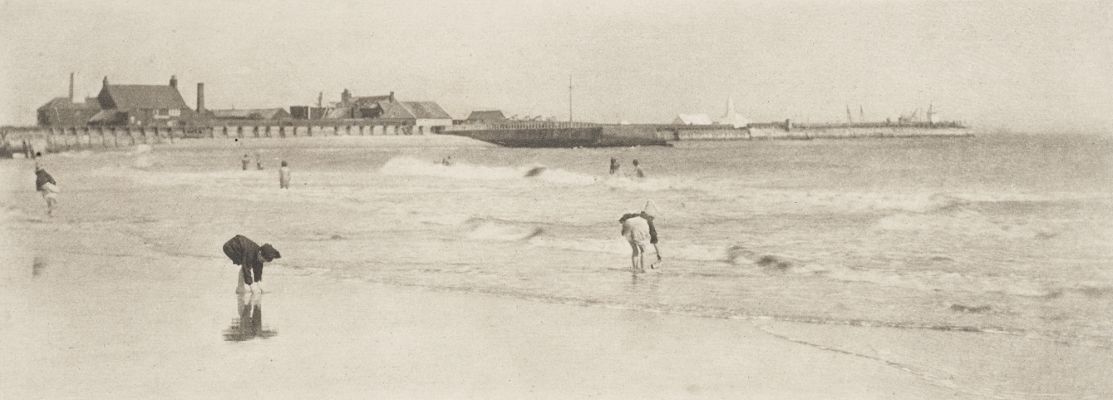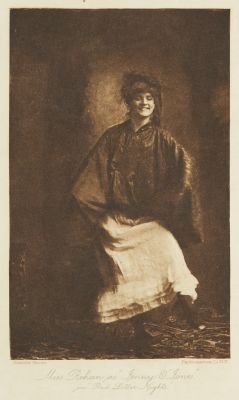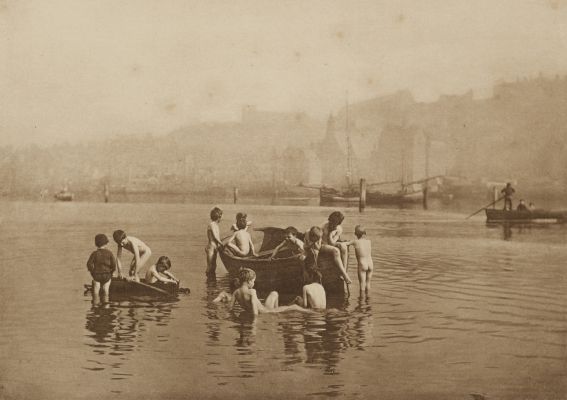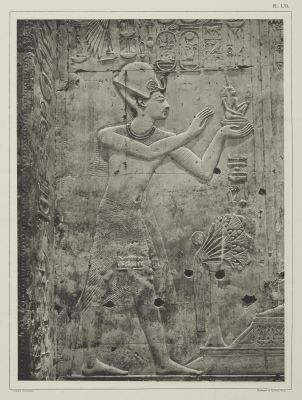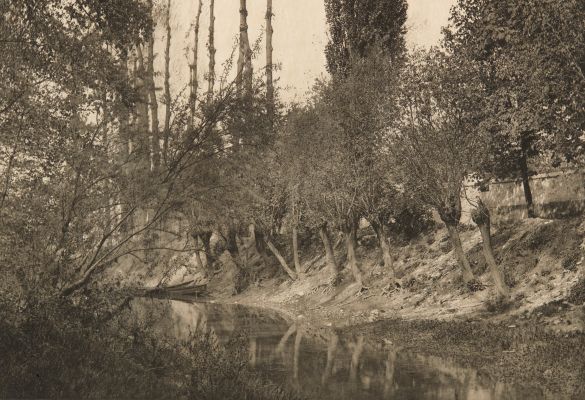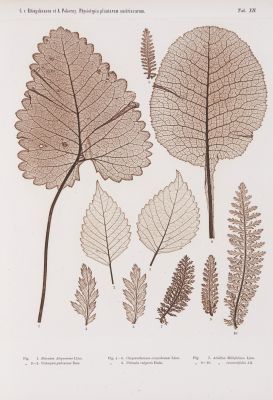
Title
Temple at JerashArtist
Keith, G. S., M.D. (British)Publication
Evidence of the Truth of the Christian ReligionDate
1848Process
Engraving (from photograph)Image Size
8 x 13.2 cm
Alexander Keith was one of the 19th century’s most industrious proponents of the truth of Biblical prophecies. Keith traveled with his son, Dr George Skene Keith, a surgeon and elder brother of Scottish photographer Thomas Keith, to Palestine in 1844 and made what may be among the earliest daguerreotypes taken there. They were later used as the basis for engravings by W. Miller and published in the 36th edition of Alexander Keith’s massively popular book Evidence of the Truth of the Christian Religion in 1849. Keith believed the daguerreotype based engravings would show the veracity of the Bible by convincing the unprejudiced inquirer or the rational and sincere believer, that it is impossible that his faith be false. This is the first and possibly only British book to be illustrated with engravings copied from daguerreotypes. [1] Of the 31 plates, 18 are from daguerreotypes. This project can also be considered the first planned attempt to use photography as a form of persuasion. [2]
Reproduced / Exhibited
Marien, Mary W. Photography: A Cultural History. Englewood Cliffs, NJ: SunSoft Press, 2002. fig. 2.38 (alternate)
Stevenson, Sara, and A D. Morrison-Low. Scottish Photography: The First Thirty Years. , 2015. Print. pp 35-36
References
[1] Gernsheim, L. J. M. Daguerre: The History of the Diorama and the Daguerreotype 1968, p. 159
[2] Marien, Mary W. Photography and Its Critics: A Cultural History, 1839-1900. Cambridge: Cambridge University Press, 2011.
